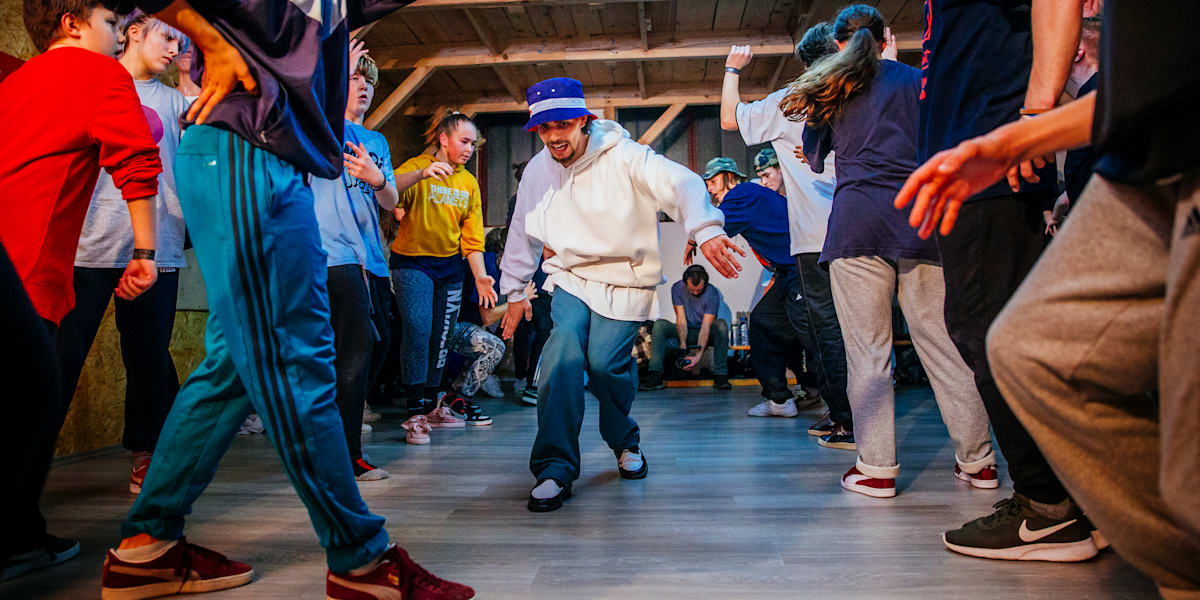Introduction
Understanding Musicality In DanceIntroduction
Dance and music have always shared a special connection throughout history. The seamless integration of rhythm, melody, and movement creates a mesmerizing experience that transcends language and cultural barriers. In this blog, we will delve into the intricate relationship between music and dance, exploring how they influence and enhance each other.
The Role of Music in Dance
Music serves as the heartbeat of dance, providing the essential framework for movement and expression. Whether it's the pulsating beat of a drum in a tribal dance or the sweeping orchestral score of a ballet, music sets the tone and tempo for dancers to interpret and respond to. The melodic elements of music can evoke emotions and inspire choreographic choices, guiding dancers in their performance.
How Rhythm Influences Movement
Rhythm is the driving force behind dance, dictating the pace, dynamics, and style of movement. Dancers must internalize the rhythmic patterns of the music to synchronize their steps and gestures effectively. The syncopated rhythms of jazz dance require a different approach than the flowing melodies of contemporary dance, showcasing the versatility of movement in response to rhythm.
Expressing Emotions Through Music and Dance
Both music and dance are powerful mediums for expressing emotions and storytelling. The lyrical quality of a violin solo can be mirrored in the graceful movements of a ballet dancer, conveying a sense of longing or melancholy. By syncing their movements with the emotional nuances of the music, dancers can create a compelling narrative that resonates with the audience.
Tips for Improving Musicality in Your Dance
Enhancing your musicality as a dancer requires a keen ear for rhythm and a deep appreciation for musical nuances. Practice listening to a variety of musical genres to expand your aural palette and interpretive skills. Experiment with different movement qualities and dynamics to match the musicality of the music, allowing your body to become a vessel for musical expression.
Conclusion
In conclusion, musicality in dance is a multifaceted aspect that enriches the creative process and performance experience. By understanding the role of music in dance, harnessing the power of rhythm, and expressing emotions through movement, dancers can elevate their artistry and connect with audiences on a deeper level. Embrace the synergy between music and dance, and let your passion for both guide you towards a more expressive and compelling performance.

